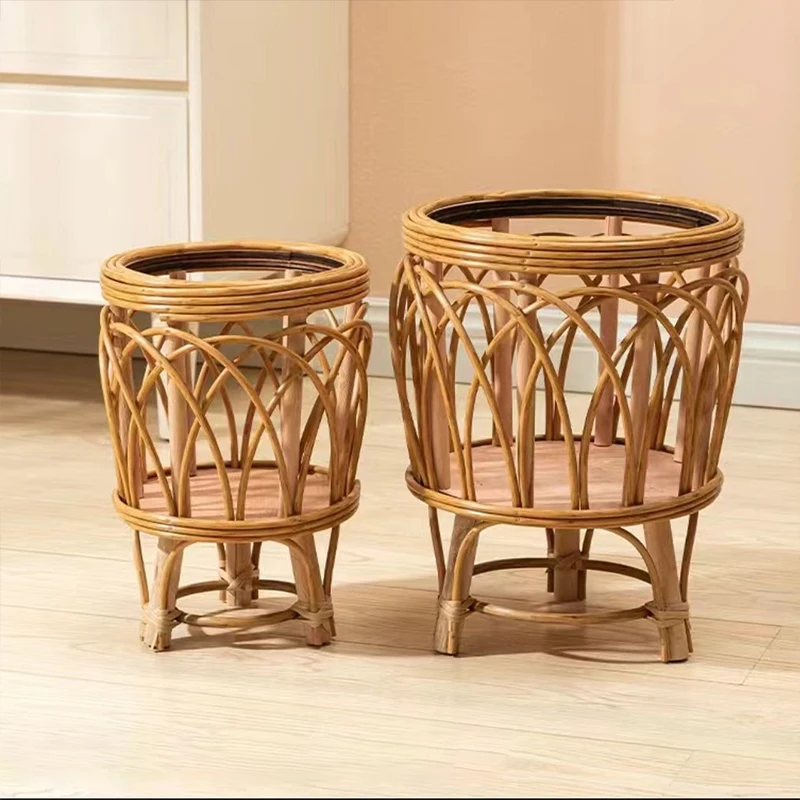Introduction
Welcome to our comprehensive guide on naturally eliminating ants from flower pots. Whether on a balcony, patio or indoors, potted plants can add beauty and serenity to any space. However, when ants decide to take up residence in your potted plants, they can become a nuisance. Instead of reaching for harsh chemical pesticides, there’s a non-toxic and effective method to clear these tiny invaders from your flower containers.
Understanding the Need for Non-Toxic Solutions
Using chemical ant killers can harm more than just ants. It can threaten pets, children, and the environment. Non-toxic solutions are crucial to maintain the health of our families and the balance of the ecosystem. Ants play a vital role in nature, and our aim should be to deter them from our flower pots without causing unnecessary harm. By opting for natural methods, we manage ant problems without compromising the integrity of our natural surroundings.
Identifying Ant Infestation in Potted Plants
Recognizing an ant infestation early is crucial for effective management. Early detection allows for immediate action, preventing ants from causing significant damage to your plants.
Signs of Ants in Your Flower Pots
There are clear indicators that ants have settled into your flower pots. Look for small mounds of soil or fine sand on the surface, which suggests ants are building nests. Additionally, a visible trail of ants moving to and from the pot is a definite sign of infestation. If you notice your plants looking unhealthy or see aphids around them, ants might be present. These insects often farm aphids to feed on their excreted honeydew. Maintaining vigilance helps you take timely steps using natural methods, like the water bath technique, to remove these unwelcome guests.

The Water Bath Method
Navigating the challenge of ant infestations in flower pots can be done naturally and effectively with the water bath method. This approach ensures that ants are removed from your flower pots without the use of harmful chemicals. It’s simple, cost-effective, and gentle on both plants and the environment.
Step-by-Step Process to Remove Ants
- Choose a bucket larger than the pot and submerge the potted plant in it.
- Fill the bucket with water until the level is above the soil line of the pot.
- Ants will exit the submerged pot because they cannot survive underwater.
- Keep the pot under water until no more ants come out; this may take a few hours.
- Remove the pot, letting it drain, ideally next to another plant to conserve water.
- Check to see if the ants have left; repeat the process if necessary.
By following these steps, you use water to naturally drive ants out, avoiding harsh chemicals. This method waters the plants deeply as well. It also does not harm other creatures in the soil. Be patient while waiting for ants to leave and remember to let the plant drain thoroughly afterward. If ants return, simply repeat the process. It’s easy and won’t hurt your pocket or plants.
Benefits of Using Water for Ant Removal
Water is a powerful ally in the fight against ants in flower pots. It offers a safe, economical, and effective solution. Using water aligns with eco-friendly practices and supports plant health. Let’s explore these benefits in detail.
Environmental and Plant Health Benefits
The water bath technique for removing ants has several environmental advantages. First, it eliminates the need for toxic chemicals. These substances can harm helpful insects, pets, and even humans. By using water, we keep the ecosystem’s balance in check.
Water is gentle on plant roots, ensuring no damage during the ant removal process. Deep watering from the method can even improve plant vitality. The method also preserves soil-dwelling creatures like earthworms, which are crucial for plant health.
Moreover, this method reduces waste. Water used to expel ants serves to hydrate another plant. We avoid the excess use of resources, contributing to sustainable gardening practices.
Finally, the water bath approach is kind to the ants. It does not kill them but encourages them to move. We can deter pests without harming them, adhering to the principles of humane pest management.
Follow-up Care After Ant Removal
Once the ants have vacated the flower pots using the water bath method, follow-up care is crucial to prevent their return. This section will guide you on how to manage the pot and its surroundings to ensure a lasting solution to your ant problem.
Managing the Pot and Its Surroundings
After successfully removing ants, ensure the pot is in a clean state. Here are some tips:
- Remove any leftover debris or ant trails from around the pot. Ant trails can attract new ants.
- Check the drainage holes to make sure they are clear. Good drainage discourages ants.
- Place the pot in an area with less ant activity. This might mean relocating your flower pots.
- Consider setting up barriers. Using natural deterrents like cinnamon or peppermint oil around the pot can keep ants at bay.
- Observe the pot regularly for signs of new ant activity. Early detection allows for quick action.
- Maintain plant health. Healthy plants are less likely to attract ants.
By following these maintenance steps, you can create an environment that deters ants naturally. These measures support the health of the plant and contribute to a balanced and pest-free garden space.

Potential Challenges and Solutions
While the water bath method is effective for removing ants naturally from flower pots, it’s not without its challenges. Ants are persistent creatures and may return, leading to a cycle of infestation and removal. Here’s how to tackle such issues.
Dealing with Recurring Ant Issues
If ants keep coming back, you need to look beyond the pots to solve the problem. Here are steps to take:
- Inspect nearby areas for ant colonies; eliminate these if possible.
- Make sure there are no food sources near your pots that attract ants.
- Use natural repellents such as cinnamon or diatomaceous earth around the pot bases.
- Ensure pots have a good drainage system to make them less appealing to ants.
- Include companion planting; certain plants deter ants naturally.
- Repeat the water bath treatment if ants return, ensuring thorough submersion each time.
By implementing these additional measures, the chance of ants re-infesting your flower pots diminishes. Coupled with the water bath method, these strategies create a robust defense against ants, sticking to eco-friendly principles and preserving your plant’s health.

Conclusion
After delving into the water bath method for natural ant removal from flower pots, it’s time to conclude.
Summary of Natural Ant Removal Techniques
Our journey began with understanding why non-toxic solutions are imperative. Chemicals harm more than ants, threatening pets, children, and ecosystems. We explored the water bath method: submerging the pot in water to drive ants out naturally, and provide deep watering for plants.
We’ve learned to identify ant infestations by observing soil mounds and ant trails, ensuring early action. The simplicity of the water bath method’s steps promises a natural, cost-effective solution without harming other soil-dwelling organisms.
The benefits of using water in this manner include environmental and plant health advantages. By avoiding chemicals, we protect both. The follow-up care, involving managing and observing the pot and surrounding area, helps prevent ants from returning.
Finally, we covered how to handle challenges such as recurring ant issues. Tactics like removing nearby ant colonies, repelling ants naturally, and repeating the water bath when necessary give us a strong defense.
Through this guide on how to get rid of ants in flower pots naturally, we’ve equipped ourselves with a safe, eco-friendly approach that benefits our plants, our health, and the environment.
